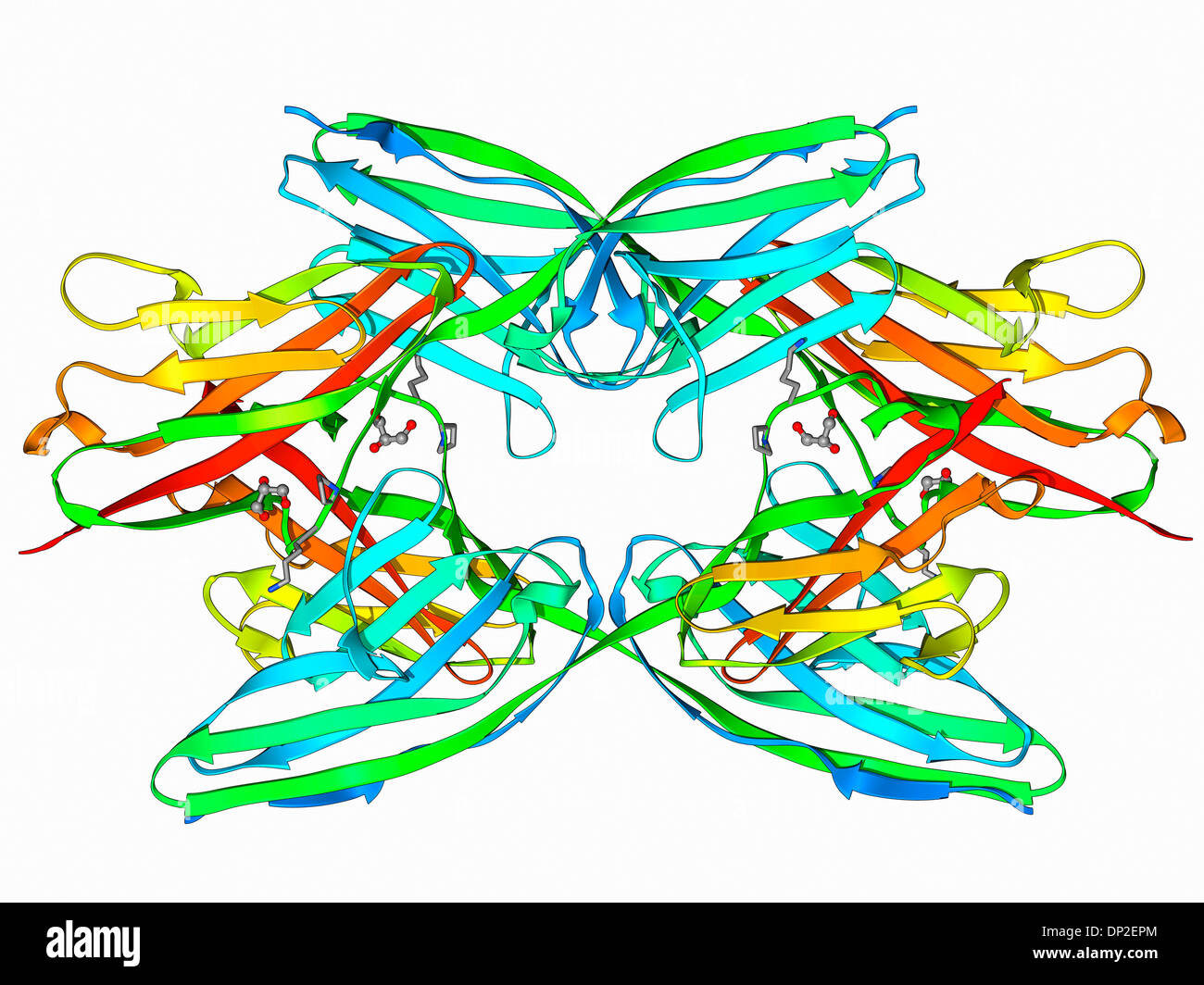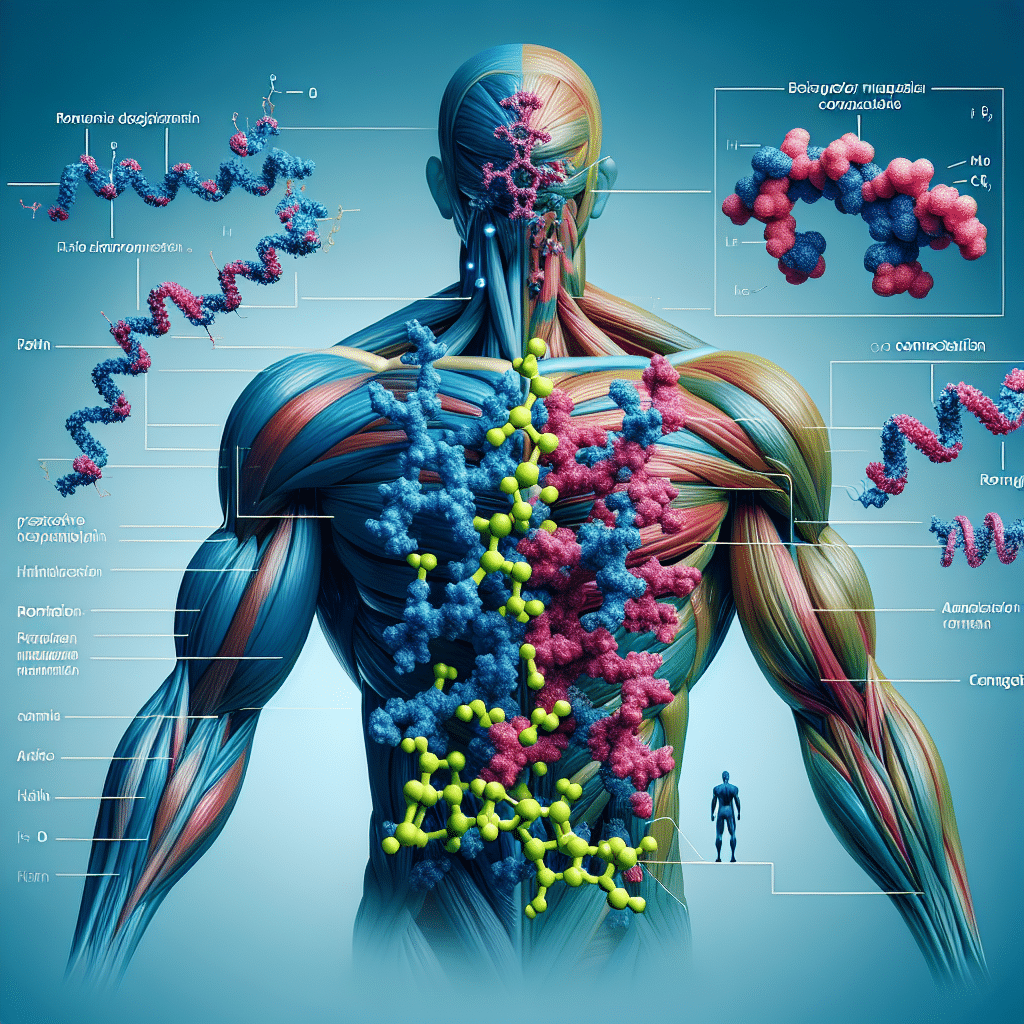Titin protein full name is a mouthful—literally. Officially known as Titin, this massive molecule is also sometimes referred to by its full chemical name, which contains over 180,000 letters. Yep, you read that right. That’s not a typo—it’s a real thing. But let’s be real, no one’s writing that out anytime soon. Instead, scientists simply call it titin, after the Greek Titans, a nod to its enormous size and strength. So, what's the big deal about titin, and why should you care? Stick around, because we’re diving into what makes this protein so important, especially when it comes to your muscles and heart health.
If you’ve ever wondered how your muscles bounce back after a stretch or how your heart keeps a steady rhythm, titin plays a big role in that. It’s not just one of the largest proteins in the human body—it’s the biggest, with more than 34,000 amino acids. That’s a lot of building blocks packed into one molecule. And it’s not just about size. Titin has some seriously cool jobs, like acting like a spring to help muscles return to shape and even sensing when things are getting too tense. Pretty neat, right?
So, you might be thinking, “Why am I only hearing about this now?” Well, titin might not be a household name, but it’s a giant in the world of biology. Whether you're into fitness, curious about how your body works, or just love science trivia, titin is worth knowing. Let’s break it down together and explore what makes this protein so special.
- The Amish Farm And House
- Dive Into The Deep 5 Underwater Thrillers You Cant Miss
- Meet Alyson Stoners Siblings Family Ties That Shine
- America First Policy Institute
- How The Kunle Afolayan Kids Are Shaping The Future Of Nigerian Cinema
Table of Contents
- What Is Titin?
- Why Titin Matters in Muscle and Heart Function
- Titin Protein Full Name: The Longest Word in the English Language?
- How Titin Works: Elasticity, Signaling, and More
- Titin and Health: When Things Go Wrong
- Fun Facts About Titin
- Frequently Asked Questions About Titin Protein Full Name
What Is Titin?
Titin, also known by its gene name TTN, is a massive protein found in muscle cells. It’s the largest protein in the human body, and for good reason—it helps build the structure of muscle fibers and gives them their elasticity. Titin is found in both skeletal muscles (the ones you use to move your body) and cardiac muscles (the ones in your heart).
One titin molecule can be around 27,000 to 35,000 amino acids long. That’s way longer than any other known protein. And it’s not just big—it’s also complex. Titin is made up of repeating sections, kind of like a string of beads, with each bead having a different job. Some help muscles contract, others help them stretch, and some even send signals inside the cell.
So, what does that mean for your body? Basically, without titin, your muscles wouldn’t work the way they do. It’s part of what makes your muscles strong, flexible, and able to handle stress. In the heart, titin helps control how much the muscle stretches between beats, which is super important for heart health.
- Unveiling The Details Louis Riddicks Marital Status
- Plitvice Lakes National Park
- Halifax Stanfield International Airport
- How To Craft A Compelling Jillian Babyteeth4 Bio Age Height Single Nationality
- University Of Arkansas Football
Why Titin Matters in Muscle and Heart Function
Titin’s size isn’t just impressive—it’s essential for muscle and heart function. In muscle cells, titin acts like a giant spring. When you stretch a muscle, titin stretches too. Then, when the stretch is released, titin helps the muscle snap back into place. That’s how your muscles maintain their tone and shape.
In the heart, titin plays a key role in how the heart muscle stretches and contracts. If titin is too stiff or too flexible, it can lead to heart problems. Some types of heart failure are linked to changes in titin. That’s why scientists study it so closely.
Here’s a quick breakdown of what titin does in your body:
- Acts as a molecular spring for muscle elasticity
- Helps muscles return to shape after stretching
- Regulates heart muscle stretch and contraction
- Contributes to muscle stiffness and strength
- Plays a role in signaling within muscle cells
Titin Protein Full Name: The Longest Word in the English Language?
Now, here’s where things get really wild. Titin has the longest chemical name of any known protein. Its full IUPAC name has over 180,000 letters and would take several hours to say out loud. It starts with “Methionyl…” and goes on and on and on…
But here’s the thing: no one actually uses that name. Scientists and doctors just call it titin. The long name is more of a curiosity than anything useful. Still, it’s fun to know that technically, the longest word in the English language is the full chemical name of titin.
So why does it have such a long name? Because proteins are made from chains of amino acids, and each amino acid has a specific chemical name. When you string them all together, you get this massive word. But again, it’s mostly a trivia fact, not something you’ll ever see in a textbook or research paper.
How Titin Works: Elasticity, Signaling, and More
Titin isn’t just a passive part of muscle structure—it’s actively involved in how muscles work. One of its main jobs is to provide passive tension in muscles. That means when you stretch a muscle, titin is what gives it that “springy” feeling.
But titin does more than just stretch and snap back. It also helps anchor other proteins in place. For example, it works with myosin and actin, two other major muscle proteins, to help muscles contract. Without titin, those proteins wouldn’t be properly aligned, and your muscles wouldn’t work as efficiently.
Here’s a look at some of titin’s other roles:
- Mechanical Stability: Helps keep muscle fibers organized and stable.
- Signaling: Acts as a sensor for mechanical stress in muscles.
- Regulation: Helps control how stiff or flexible a muscle is.
- Heart Function: Plays a role in how the heart fills with blood between beats.
So, titin isn’t just a structural protein—it’s a multitasker. It’s like the unsung hero of your muscles, working behind the scenes to keep everything moving smoothly.
Titin and Health: When Things Go Wrong
When titin doesn’t work the way it should, it can lead to serious health issues. Mutations in the TTN gene are linked to several muscle and heart conditions, including:
- Myopathy, Myofibrillar, 9: A type of muscle disease that causes weakness and can lead to breathing problems.
- Congenital Myopathy 5: A muscle disorder present at birth that affects muscle tone and movement.
- Dilated Cardiomyopathy: A heart condition where the heart becomes enlarged and can’t pump blood efficiently.
These conditions happen when titin is either missing, too short, or not functioning properly. Because titin is so big, it has a lot of places where things can go wrong. Even a small change in its structure can have big effects on muscle and heart function.
Doctors and scientists are still learning about how titin mutations cause disease and how they can be treated. For now, early diagnosis and management are key for people affected by these conditions.
Fun Facts About Titin
Let’s wrap up with some fun and interesting tidbits about titin:
- It’s the largest known protein in the human body.
- It’s sometimes called “connectin” in older scientific papers.
- Its full chemical name has over 180,000 letters and would take around 3.5 hours to pronounce.
- It spans from the Z-disk to the M-line in muscle cells, acting like a molecular ruler.
- It contains around 300 immunoglobulin and fibronectin domains, which help it do its job.
So next time you stretch, lift weights, or feel your heart beat, remember that titin is working hard behind the scenes to keep you moving and your heart beating strong.
Frequently Asked Questions About Titin Protein Full Name
What is the full name of the titin protein?
The full chemical name of titin is technically over 180,000 letters long and is the longest word in the English language. However, no one uses that name—it’s mostly a scientific curiosity. Scientists simply refer to it as “titin.”
Why is titin called titin?
Titin is named after the Greek Titans, a nod to its enormous size and strength. It’s the largest known protein in the human body, and its name reflects that.
What happens if titin doesn’t work properly?
Mutations in the TTN gene can lead to muscle and heart disorders, including myopathy and cardiomyopathy. These conditions can cause muscle weakness, heart failure, and breathing problems if not properly managed.
Related Resources:



Detail Author:
- Name : Kraig Reinger
- Username : loyal37
- Email : vjohnson@mann.com
- Birthdate : 2002-11-16
- Address : 786 Elise Point West Alyssonmouth, DC 83475
- Phone : (772) 409-2992
- Company : Aufderhar, Langworth and Crooks
- Job : Lodging Manager
- Bio : Quibusdam odio sunt ipsum modi dolorum ipsum omnis. Illum illo cumque vel. Autem et enim ipsam perferendis autem sint non ipsam.
Socials
facebook:
- url : https://facebook.com/gshields
- username : gshields
- bio : Fugiat repellat facere doloribus voluptatem.
- followers : 2404
- following : 1975
tiktok:
- url : https://tiktok.com/@gaetanoshields
- username : gaetanoshields
- bio : Est ut reprehenderit et totam nesciunt nobis pariatur.
- followers : 4390
- following : 1012
instagram:
- url : https://instagram.com/shieldsg
- username : shieldsg
- bio : Et possimus dolorem ipsam dolores quae quis odit. Id mollitia veritatis et repellat quia aut error.
- followers : 805
- following : 2992